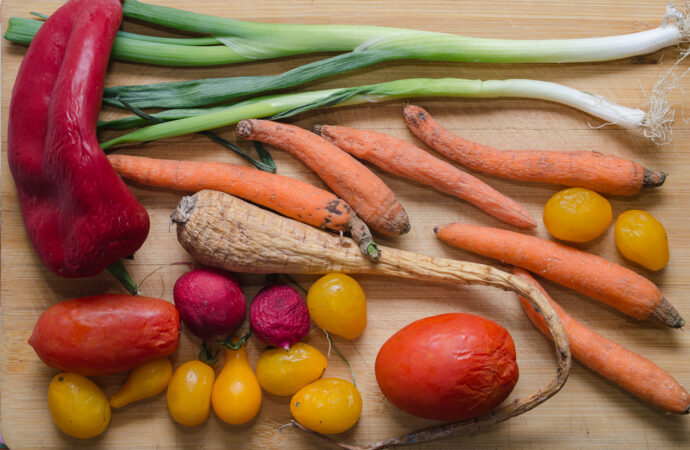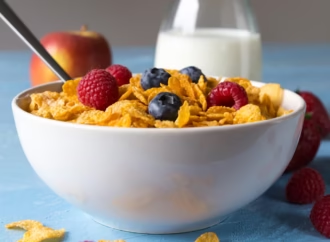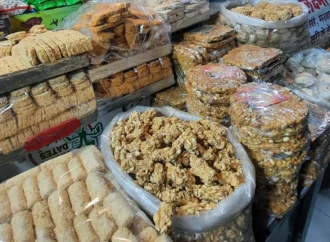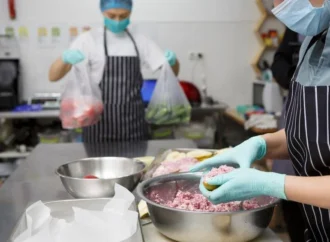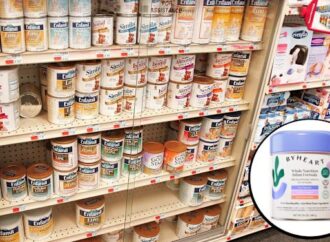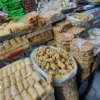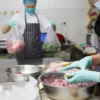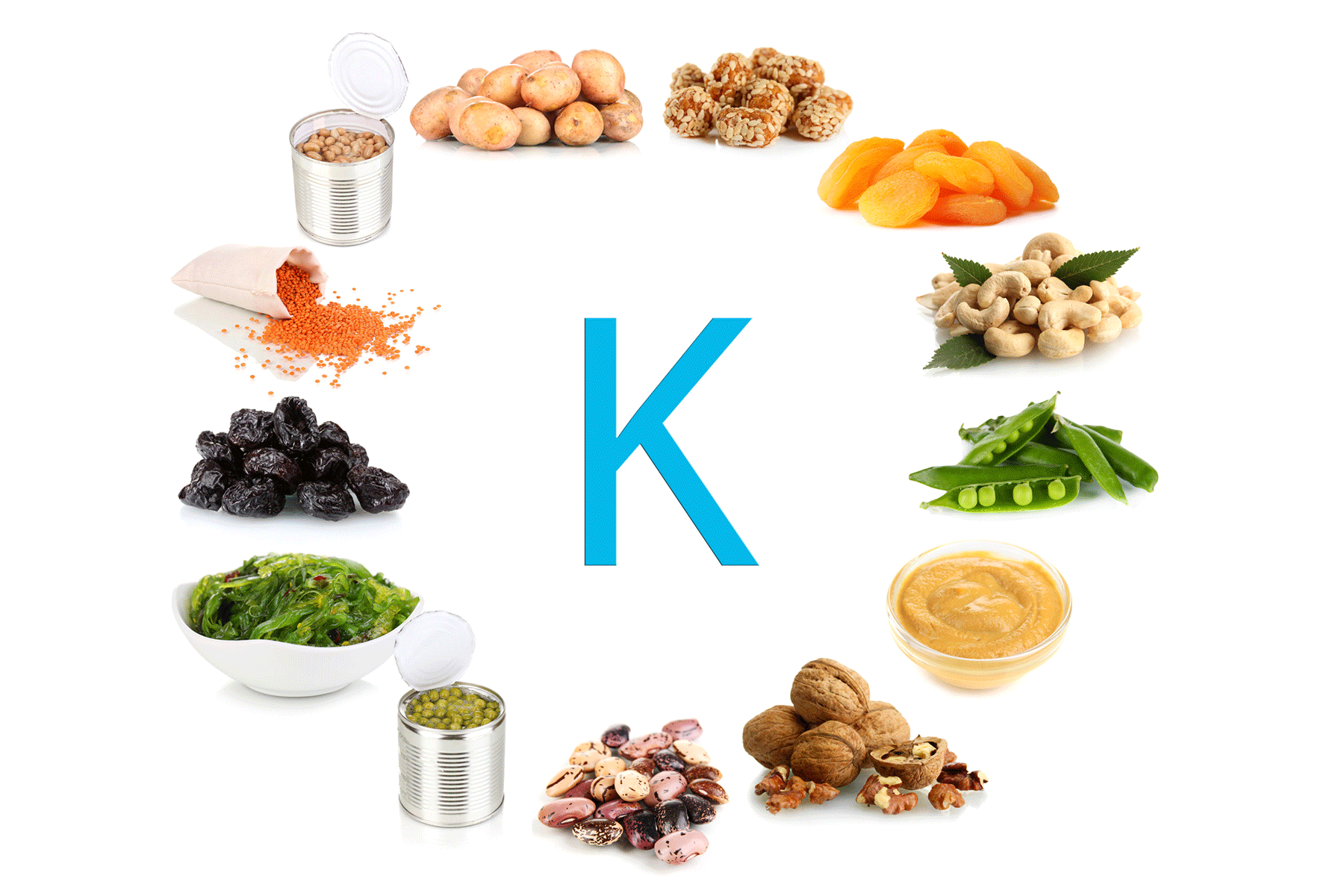Food spoilage is the process that renders food unfit for consumption due to changes in its texture, flavour, aroma, or appearance. While spoiled food may not always pose a health risk, its altered qualities make it undesirable to eat. Beyond the inconvenience of wasting food, spoilage leads to significant economic losses and can contribute to foodborne illnesses. This article explores the key causes of food spoilage and the strategies used to prevent it, helping to preserve freshness and reduce waste.
Types of Foods and Their Susceptibility to Spoilage
Foods can be categorized based on their shelf life:
- Stable or Nonperishable Foods: Foods like sugar, flour, and dry beans that last long without significant spoilage when stored properly.
- Semi-perishable Foods: Foods like potatoes, apples, and nuts that can last for several months with proper handling.
- Perishable Foods: Foods like meats, fish, dairy, and most fruits and vegetables that spoil quickly and require special preservation methods.
What Causes Food Spoilage?
Food spoilage can occur due to biological, chemical, and physical factors. These factors affect food in different ways, but they often work together to degrade food quality.
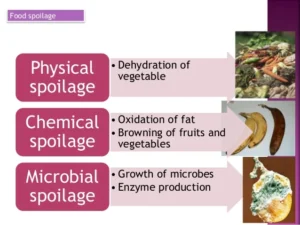
-
Microbial Spoilage
Microorganisms like bacteria, yeast, and mould play a significant role in food spoilage. These organisms are present in the environment and can contaminate food during production, storage, or handling.
Bacteria are the most common cause of food spoilage. They thrive in moist environments with neutral pH. Bacteria consume food nutrients, release byproducts, and alter food’s taste, smell, and texture. For example, Clostridium botulinum causes spoilage in canned foods, while Lactic acid bacteria are involved in the fermentation of dairy products.
Yeasts grow in sugary, slightly acidic environments, often leading to fermentation. While useful in food production, yeasts can spoil fruits, juices, and other sweetened foods by changing their texture and flavour.
Molds need moisture and air to grow. They are often visible as fuzzy growths on food surfaces and can produce toxins harmful to health. Molds thrive on foods like bread, cheese, and fruits, where they affect both safety and quality.
-
Chemical Spoilage
Chemical spoilage happens when food components interact with each other or with added substances, leading to unwanted changes in flavour, colour, and texture. Enzymatic spoilage, a specific type of chemical spoilage, occurs when natural enzymes in the food trigger chemical reactions as the food ages. Examples of chemical spoilage include the breakdown of fats, which leads to rancidity, and enzymatic reactions that cause browning in fruits and vegetables.
-
Physical Spoilage
Physical factors such as temperature, pressure, and moisture contribute to spoilage. Improper handling, storage, or transportation can lead to bruising, freezing, or exposure to light, accelerating the degradation process. For instance, low temperatures can cause fruits like bananas to develop chilling injuries, leading to colour changes and texture loss.
Preventing Food Spoilage
Preventing food spoilage is essential to maintaining food safety and reducing food waste. Several preservation techniques help extend the shelf life of food.
-
Freezing
Freezing is one of the most effective ways to preserve food. It slows down microbial growth and inhibits enzymatic activity. While freezing does not kill bacteria, it keeps them dormant until the food is thawed. However, freezing can affect the texture of some foods, like fruits with high water content.
-
Canning
Canning involves sealing food in jars or cans and heating them to destroy microorganisms and inactive enzymes. Acidic foods like tomatoes and fruits can be processed with boiling water, while low-acid foods require pressure canning to ensure safety, especially in the case of bacteria like Clostridium botulinum.
-
Salting and Sweetening
Salting has been used for centuries to preserve food by drawing out moisture, which inhibits bacterial growth. Common examples include jerky, pickles, and cured meats. Similarly, sugar preserves fruits in jams and jellies by reducing water activity and preventing microbial growth.
-
Dehydration
Dehydration, or drying, removes moisture from food, slowing down microbial growth and enzymatic activity. This method is particularly useful for preserving fruits, vegetables, and meats. Dried foods are smaller, lighter, and have a long shelf life, making them ideal for long-term storage.
-
Proper Storage
Proper storage conditions, such as controlling temperature, humidity, and exposure to light, are essential to preventing spoilage. Refrigeration, airtight containers, and sealing techniques help maintain food freshness and reduce spoilage risk.
Conclusion
Food spoilage results from various biological, chemical, and physical factors that degrade food quality. Microbial growth, enzymatic activity, and physical damage all contribute to spoilage, leading to undesirable changes in food’s appearance, texture, flavour, and aroma. Preventing food spoilage through methods like freezing, canning, salting, and dehydration is crucial to reducing food waste and ensuring food safety. By understanding the causes of spoilage and using effective preservation techniques, we can extend the shelf life of food and minimize the economic losses associated with spoilage.
 Food Manifest
Food Manifest 